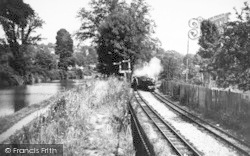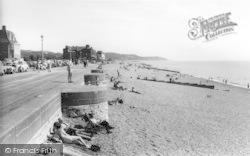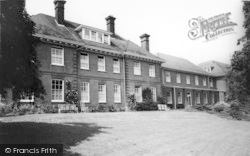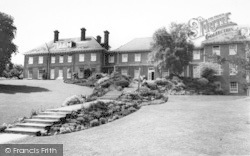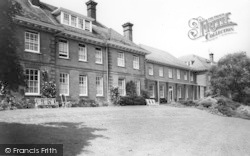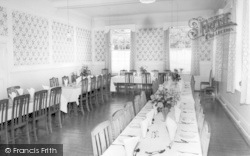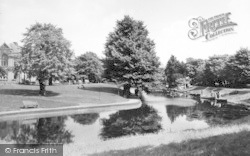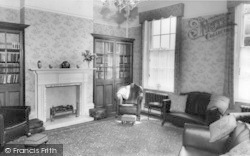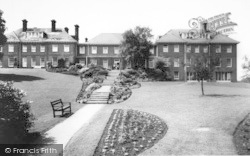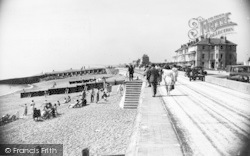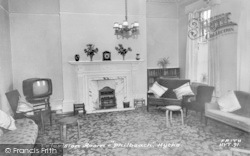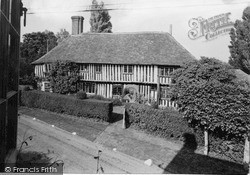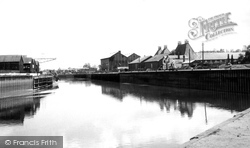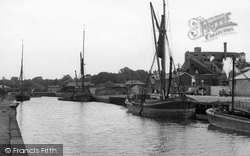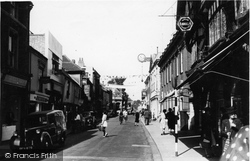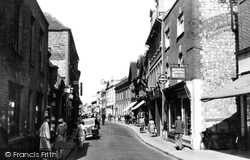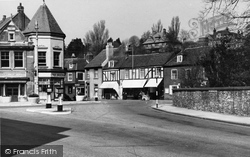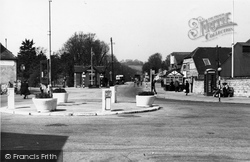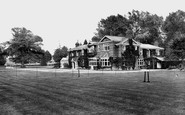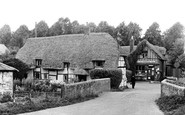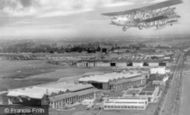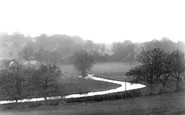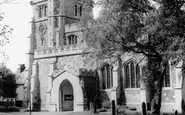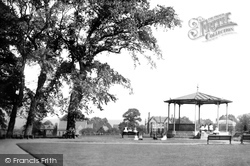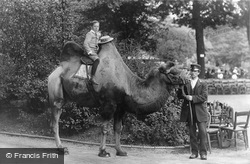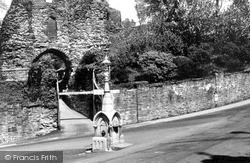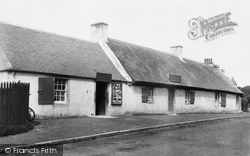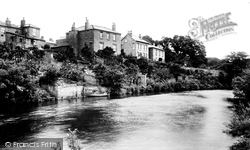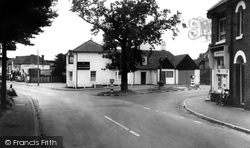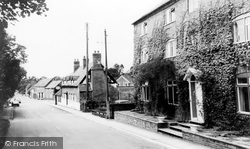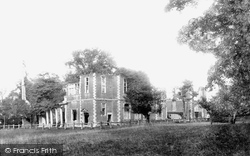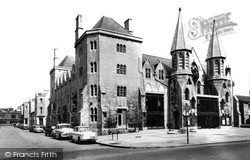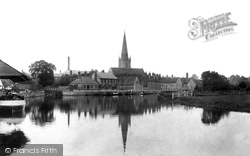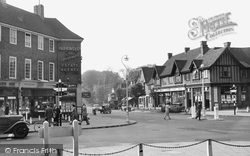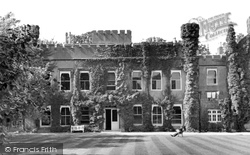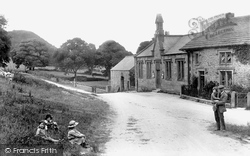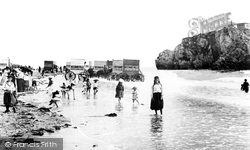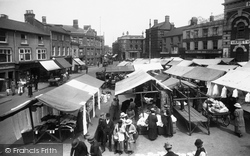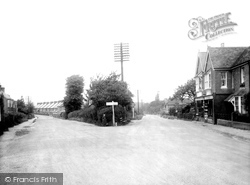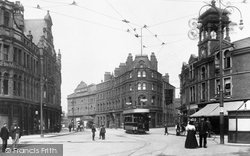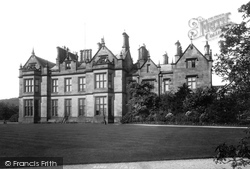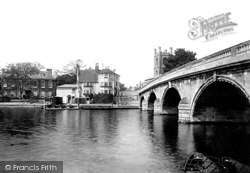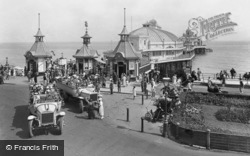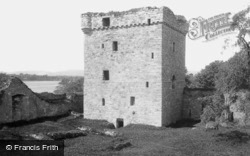Places
18 places found.
Those places high-lighted have photos. All locations may have maps, books and memories.
- Hythe, Kent
- Hythe, Hampshire
- Small Hythe, Kent
- Bablock Hythe, Oxfordshire
- Methwold Hythe, Norfolk
- Hythe, Somerset
- Hythe, Surrey
- Hythe End, Berkshire
- The Hythe, Essex
- Egham Hythe, Surrey
- West Hythe, Kent
- New Hythe, Kent
- Broad Street, Kent (near Hythe)
- Horn Street, Kent (near Hythe)
- Newbarn, Kent (near Hythe)
- Newington, Kent (near Hythe)
- Broad Street, Kent (near Hythe)
- Stone Hill, Kent (near Hythe)
Photos
360 photos found. Showing results 301 to 320.
Maps
101 maps found.
Books
10 books found. Showing results 361 to 10.
Memories
4,406 memories found. Showing results 151 to 160.
Broken Nose
i remember having my broken nose attended to in the chemist by the park after my sister pushed me too high on the swing. That was 1960. My auntie worked at Bowyers and my mother was a cinema attendant. We lived near the old bus ...Read more
A memory of Trowbridge by
Childhood Adventure
I'm not prepared to reveal my real name online, however I was a child during the 70's the duration of which was spent in Warnham. This house belonged to some old dear I met only a couple of times, she was housebound ...Read more
A memory of Warnham Court School in 1977 by
Burgh Heath
My grandparents always considered that Burgh Heath was the best village to live in. At one time, it had two swimming pools, two tea rooms and pubs for locals to meet. One pub had a projection room and offered children a free Saturday ...Read more
A memory of Burgh Heath
Rosewood Avenue
Hi all I moved to Elm Park in 1950 and moved into a newly constructed house at 75 rosewood avenue. My dad Bert worked at Ford Dagenham, my mum Doreen was a dinner lady at my school Ayloff. It has only recently become evident that my ...Read more
A memory of Elm Park by
Portsmouth Guildhall
Visiting the website I discovered a photograph of Portsmouth Guildhall which brought back sad memories. On 10th January 1941 the city was heavily bombed by the Luftwaffe including incendiaries on the Guildhall. On the ...Read more
A memory of Portsmouth in 1941 by
The Old Thatch
Ah, The Old Thatch. I remember it well, for this is where I grew up from the early 1940s until 1956. By today's standards it was grim: no heating, no running water, no flush loo - nothing. Yet it was a wonderful place in which ...Read more
A memory of Nether Wallop in 1940 by
The Hersham Flood – September 1968
During the 60s I lived in Surbiton and worked in Hersham. As I was getting ready to leave for work one morning in 1968, a radio broadcast warned of severe flooding along the Mole valley following heavy rains, and ...Read more
A memory of Hersham by
Banner Flying Over Croydon.
I remember so vividly the Croydon Airport building which, fortunately, is still there and protected for all to enjoy. I recall one particular day looking up into the sky from Scarbrook Road (where I was born at number 33 in ...Read more
A memory of Croydon by
Walking In The River
From the concrete slab bridge by the watercress beds to the park near Scots Hill we would wade in the river with bare feet, I was only nine years old then. The river bed was a fine golden grit that was easy to walk on. ...Read more
A memory of Rickmansworth in 1948 by
Entertaining The Tring Christmas Shoppers With Morris Dancing
Tring hosts a lovely Christmas shopping evening each year when the High Street is decorated, the shop windows have illuminated Christmas displays and stay open late and the place is ...Read more
A memory of Tring in 2004 by
Captions
4,899 captions found. Showing results 361 to 384.
One suspects that these groups of children, with one accompanying nursemaid, seated on the benches and the steps of the canopied bandstand, have been induced to pose by the photographer, to complement
Founded by the Zoological Society of London in grounds laid out by the architect Decimus Burton, the Regent's Park Zoo opened its doors to the public in 1828.
Founded by the Zoological Society of London in grounds laid out by the architect Decimus Burton, the Regent's Park Zoo opened its doors to the public in 1828.
Today the wooden gates are gone, and so is the fountain in the road, erected by the Hender family in memory of their son Leonard, who drowned near Land's End in 1894.
The cottage, a 'but and ben' or two-room clay cottage, was built by the poet's father, a gardener from Kincardineshire. It later became an inn. Burns's verses are famous the world over.
Behind the houses was Raby Park, an imposing housing development stimulated by the arrival of the railway.
Formerly there was an annual fair supported by the landlord of the ancient Old George Inn (centre). The present tree was planted in 1843, an earlier one having rotted.
It was delightfully but fancifully described by the 17th-century historian Habington as `invironed with highe and mighty trees and able to terrifye a far-off ignorant enimy with a deceitful showe of
It was occupied from 1767 by the Earl of Upper Ossory, who had provided Ampthill with the obelisk water pump. Sad to say, the house was largely dismantled by the Duke of Bedford in 1794.
This building was originally built by the Great Western Railway as a lodging house for single men in 1846, and was called the Barracks.
The bridge on the left beyond the barge is a cast-iron one dated 1824 and built by the Wilts & Berks Canal Company - the ironwork was cast at Acramans of Bristol.
Road, by now renamed Station Way, shows that while the local branches of W H Smith and Boots the Chemists still occupy their premises below the flats of Cheam Court, the corner shop previously occupied by the
The site of the banqueting hall of Nonsuch Palace lay within the castle grounds until the parkland was divided by the construction of the Ewell by-pass in the mid 1930s.
Because of its obscurity, this hamlet by the river Hodder was chosen by the Quakers as the site for their Friends' Meeting House, which was also used as a school in 1767 (right, with the tall belfry).
Tenby was described thus in a Victorian guidebook of 1895: 'Tenby stands on a tongue of limestone rock, ending in a green promontory, which is crowned by the ruins of the old castle, and is now pleasantly
Tenby was described thus in a Victorian guidebook of 1895: 'Tenby stands on a tongue of limestone rock, ending in a green promontory, which is crowned by the ruins of the old castle, and is now pleasantly
The stalls were provided by the stall holders until the 1930s, when uniform stalls were supplied by the Borough Council.
Broadbridge Mill is an ancient mill site by the River Arun.
By the date this picture was taken, Doncaster had been a racing centre for nearly three hundred years and had been the home of the oldest classic race, the St Leger, since its first running in 1778
It was demolished in the 1950s after wartime occupation by the army and later by the Polish Resettlement Unit.
In its substantial size, it is clearly out of scale with the Tudor-styled buildings erected by the Onyx Property Investment Company in the 1930s.
Both views show the Angel Hotel by the bridge and the Rectory to its left - one shows a top-hatted coachman driving past.
By the 1880s Eastbourne had become 'The Empress of Watering Places', set against the backdrop of Beachy Head.
Mary, Queen of Scots was imprisoned here by the lords of the Congregation in 1567 and compelled to abdicate in favour of her son James VI.
Places (18)
Photos (360)
Memories (4406)
Books (10)
Maps (101)


